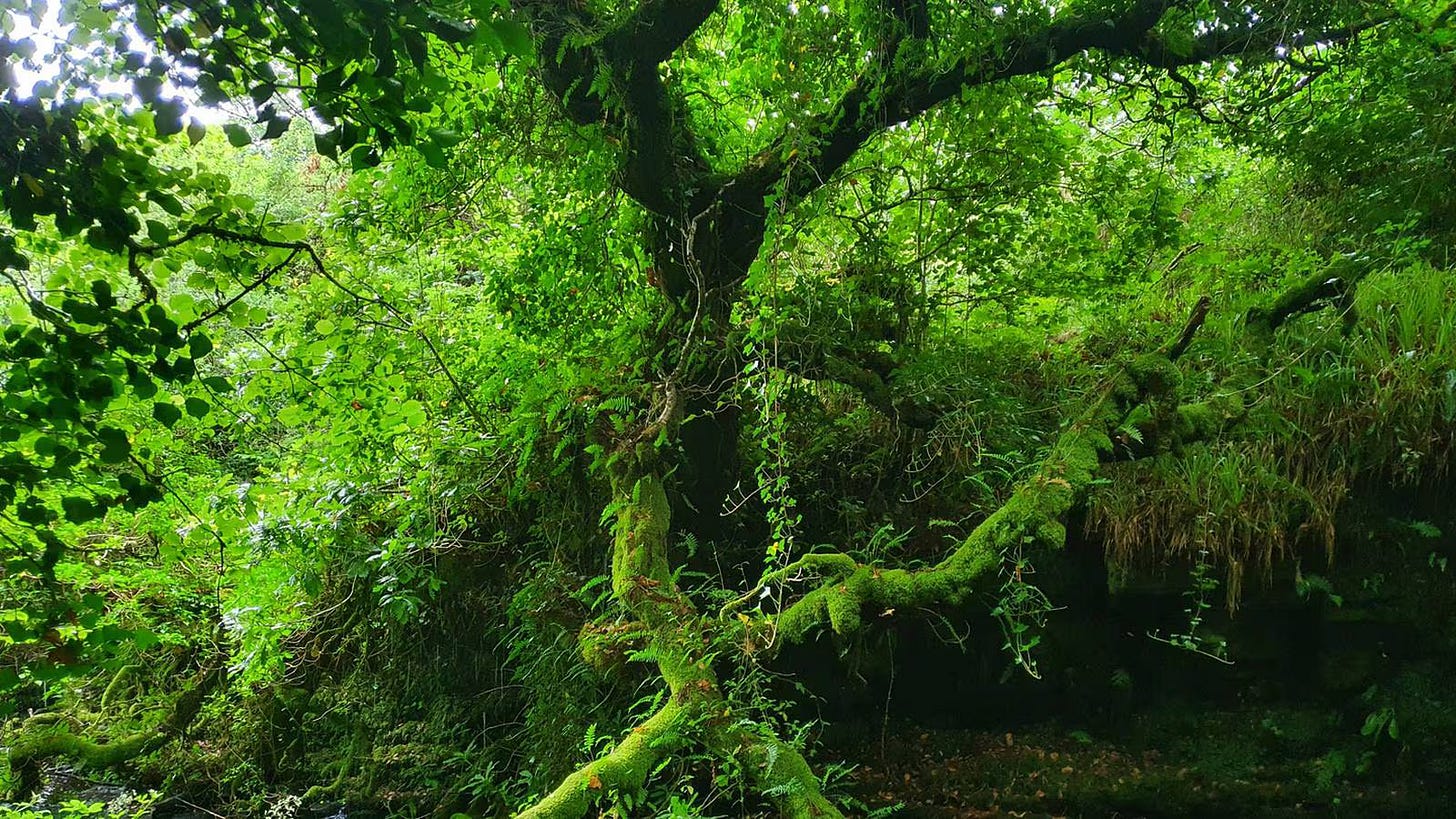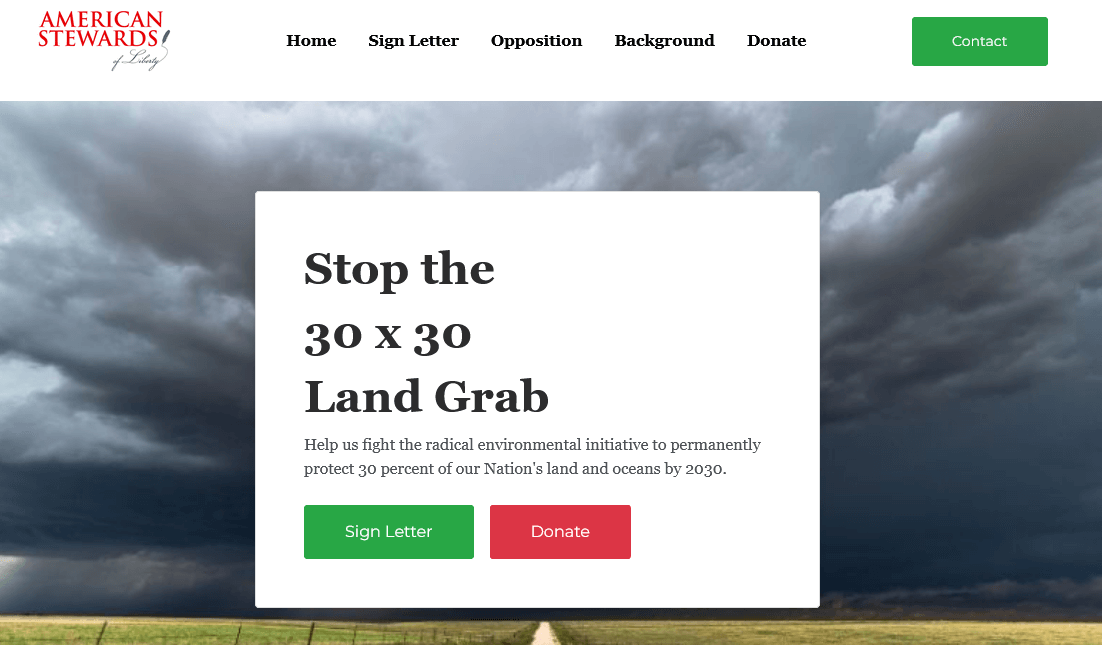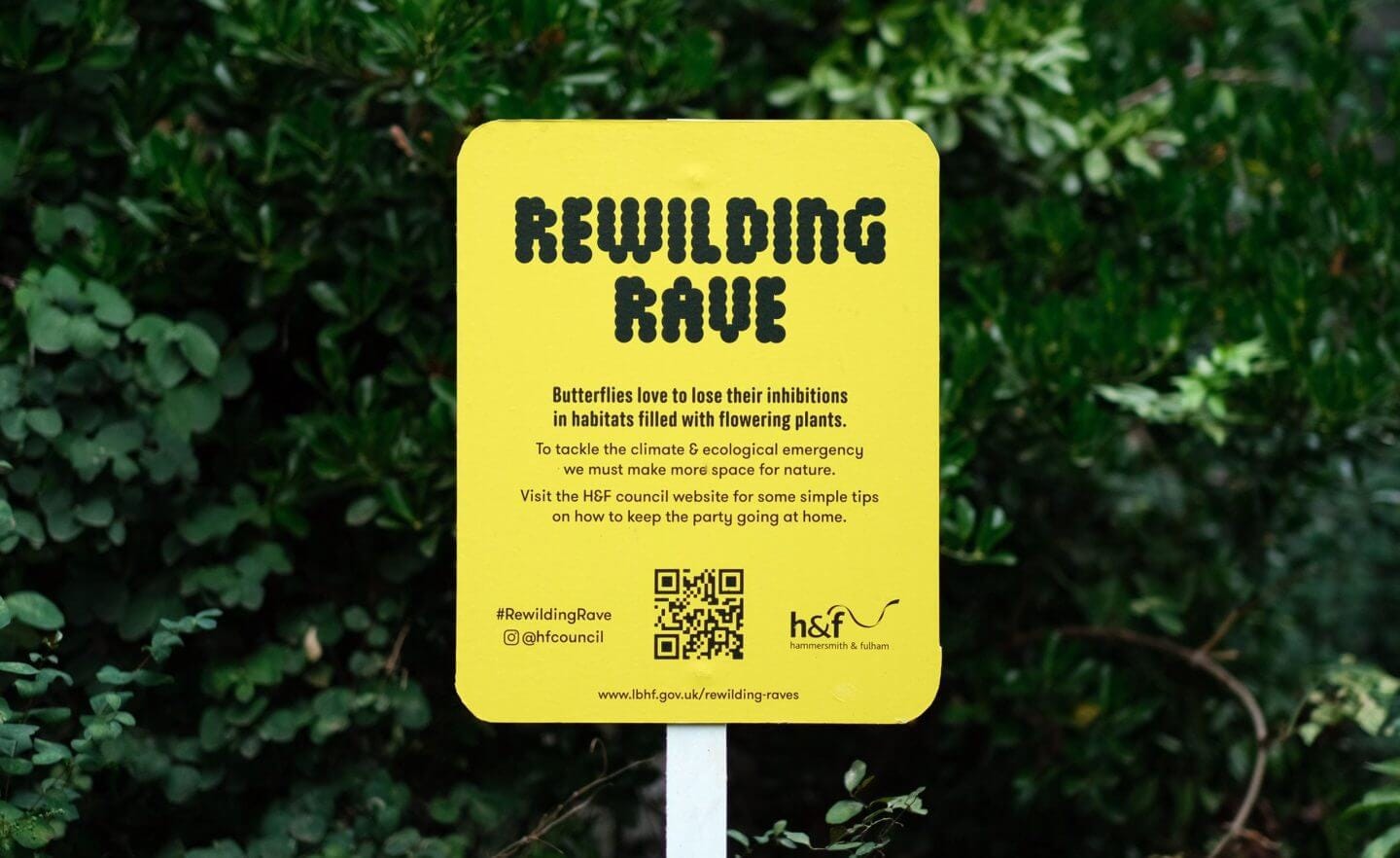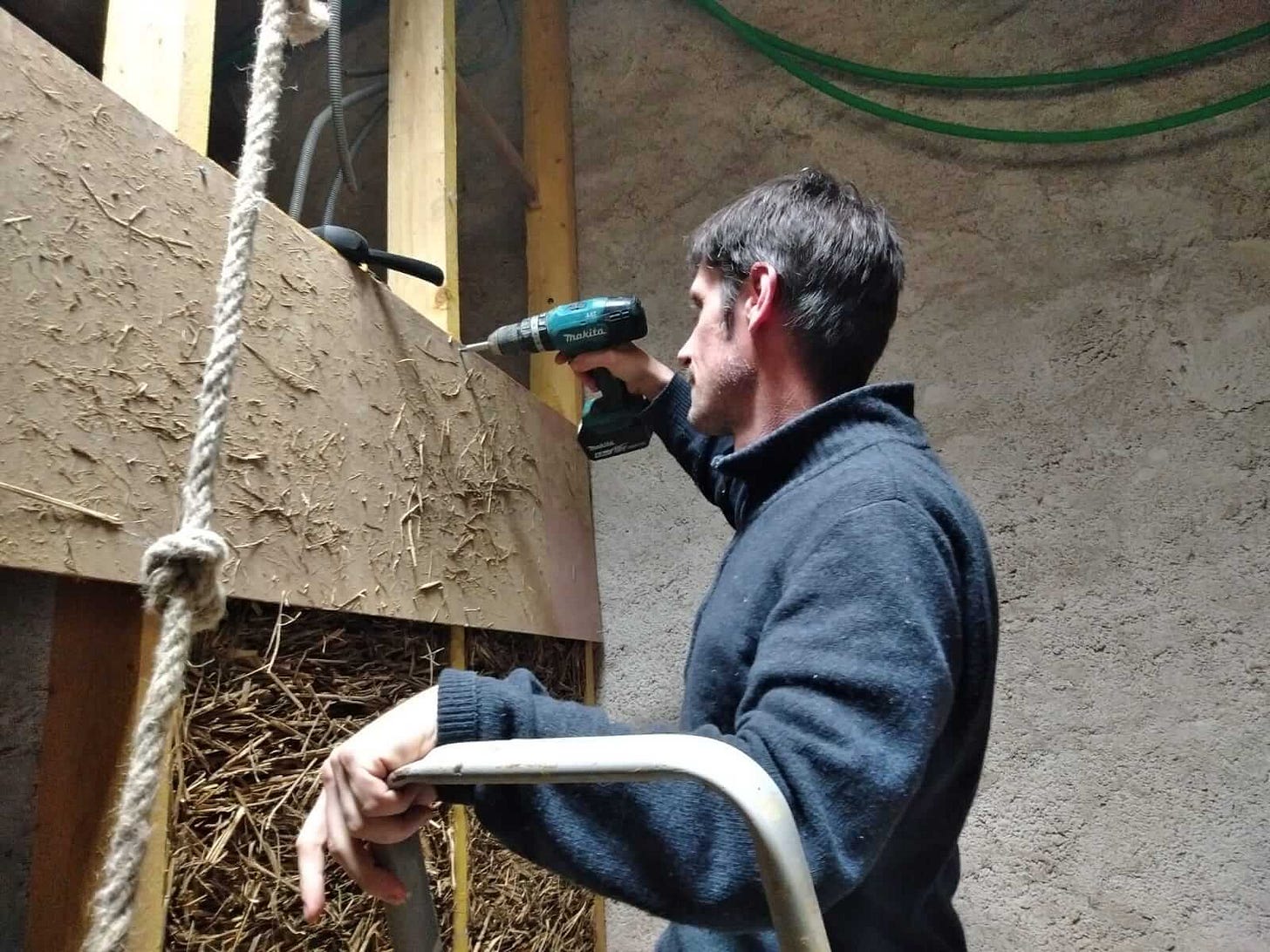I missed World Rewilding Day in March, so I decided to make amends by making this issue all about rewilding.
And then I got sidetracked for 3 months. 😆
Anyway, I’m back now. So this month, we’ll be exploring:
What rewilding means
Why some people hate it
Why we need it
How you can become a rewilder (yes, you 🫵🏽)
Plus news from our project in France. Let’s do it, rewilders!

What is rewilding, anyway?
It’s putting the “wild” back in the “ing”, silly!
Okay, no more jokes. Rewilding protects an area of land or sea so that the ecosystems within it can recover, expand and thrive. Rewilding usually works in 2 ways. It:
Halts all extractive operations in the area, i.e. humans, buzz off!
Reintroduces missing species into the ecosystem, i.e. animals and plants, welcome home!
The first part is easy: no farming, mining, forestry, roadbuilding, burning, or homebuilding. There are caveats to this. Scientists go in to study the area. Indigenous communities continue their way of life. But the digging, cutting, burning, bulldozing and general mayhem stops.
The second part can be trickier. Sometimes invasive plant species are running wild. Sometimes keystone species are missing. (“Keystone”, because they hold the rest of the ecosystem up.) With time and careful interventions, hopefully, rewilding helps the ecosystem recover.
What’s the big deal with ecosystems?
An ecosystem is a vast interconnected web of plant, fungal and animal life. It can be a forest, a peatland, a grassland, a mangrove. National Geographic describes an ecosystem as a “bubble of life”. I like the metaphor.
Why do ecosystems matter? Because life matters, silly! Air, water, soil, energy – ecosystems create the building blocks of life. So yeah, ecosystems matter. No ecosystems, no life. No life, no humans.
We’ve degraded our ecosystems. Rewilding can restore them. So we need rewilding, right?
Rewilding – too good to be true?
Rewilding has also been defined as the “3C’s”:
Core protected areas (no-go zones)
Carnivores
Connectedness
These no-go zones sound magical, don’t they? An expanse of wilderness unsullied by humans. Pristine. Primaeval.
Or problematic! Because what if the core protected area is where you live? Here is where the controversy begins.
3 objections to core protected areas
People out!
Is rewilding a land grab?
It certainly is, if you ask Survival International, a non-profit that fights for the rights of tribal peoples. They launched a campaign called The Big Green Lie to condemn the UN’s 30 × 30 biodiversity plan, a form of rewilding that aims to protect 30% of all land and marine environments by 2030. Survival International sees 30 × 30 as a scheme by wealthy Western polluters to kick Indigenous peoples off their land. (It does sound like something wealthy Westerners would do, doesn’t it?)
Rewilding is NOT a land grab. For example, another ambitious rewilding initiative, the Global Deal for Nature, clearly states that Indigenous lands must be included in protected areas only if:
“communities are given proper land tenure and territorial finance for their conservation efforts.”
Basically, the Global Deal for Nature does not want to take land from Indigenous people. It wants Indigenous people to own the land they live on (often not the case). And it wants them to be paid to use their ancestral knowledge to preserve vast territories of high biodiversity.
Seems like a pretty fair deal to me.
Don’t touch my stuff!
Human rights groups are not the only ones worried about rewilding land grabs. Check out these nutcrackers.

These fellas are American conservatives. For them, the issue is not so much Indigenous rights as “hippies are trying to take my stuff and I don’t like it cos it’s mine I OWN IT!”
Let’s be clear: for a rewilding project to succeed, local communities must be consulted. Perhaps the people at American Stewards of Liberty feel they’ve been ignored. But no one’s going to drive them off their land.
What a mess!
Another objection to core protected areas is that they look “untidy”. Many of these objectors grew up with the obsessively tidy agricultural landscapes of the second half of the 20th century. Here in France, for example, I’ve seen neighbours whip out a spirit level to check their hedges were plumb. 🫣
These objectors can be the biggest pain in a rewilder’s behind. They’ve got money. They’ve got time. They love writing letters. And if there’s one thing they despise, it’s uncontrolled vegetation.
Where rewilders see life, they see weeds. Where rewilders see ecosystems, they see disorder. Where rewilders see wetlands, they see waterlogging.
And where rewilders see wolves, they see demons.
Rewilding – a little too wild?
So we’ve seen that people object to core protected areas. But they also object to the second “C” of the 3C’s of rewilding: carnivores.
Britain and Ireland used to have large carnivores like wolves and bears! Can you imagine it?
Why reintroduce them? Well, herbivores will munch vegetation into oblivion if you give them a chance. Then you’re there, waiting for your rewilding project to take off, and nothing’s happening.
Reintroduce a large carnivore like wolves, however, and these apex predators will eat the large herbivores. As herbivore numbers begin to drop, the pressure on the vegetation is lifted. Previously suppressed plant life springs into action, which attracts animals, which attracts other animals that prey on the newcomers, and so on. The ecosystem becomes denser and more complex. And believe me, that’s what we want.
An extreme example of the impact of reintroducing large carnivores comes from Yellowstone National Park. There, the return of wolves shifted the course of rivers. (Yes, wolves. Moving rivers. Cool, eh?)
But hold on a sec. How do you think British or Irish farmers will react if we tell them that we want to reintroduce wolves? “Won’t the wolves eat my sheep?”, they’ll say. “Won’t the wolves eat our children?”, parents will add. They won’t. But rewilding often gets a frosty welcome anyway, simply because we have deep-rooted fears about wolves, never mind bears.
There are ways around this sticking point. You don’t have to reintroduce carnivores, for instance. Fencing stops overgrazing just as well, and does away with the need to let “killers” on the loose.
Reintroducing keystone herbivores, rather than carnivores, is another option. Beavers were reintroduced to Britain for their ability to recreate wetlands and prevent flooding. No beaver has ever snatched a baby from its cradle. Although that hasn’t stopped objections being raised anyway.

How does rewilding help you and me?
In summary, rewilders steal land, make a mess and murder babies.
So why do rewilders believe in rewilding? And why should we support them?
Well, zip up your zipper, straighten your collar and take a deep breath. Here’s 6 reasons:
Afraid that extreme weather might damage your home or harm your family? Rewilding mitigates climate change.
Haunted by the flood that almost came up to your doorstep? Rewilding regulates water flow across the land.
Uneasy when you see images of wildfires in Australia and California? Rewilding makes areas more resistant to fire.
Spooked by the WHO report that lists air pollution as a top-10 threat to human health? Healthy ecosystems filter pollutants out of air, water and soil.
Depressed that your kids might grow up in a world without wild species like butterflies or buzzards or wild salmon? Rewilding reverses biodiversity collapse.
Struggled with mental health issues? Contact with wild nature alleviates anxiety and depression.
Did you run out of breath? Me too! And I’ve left out loads of other benefits.
Rewild your garden!
Okay, great! But what’s this got to do with you? Well, dear friend, just about everything.
Famous rewilding projects like Knepp or Conservación Patagónica cover vast territories of wilderness. But did you know that gardens make up nearly 5% of land use in the UK. Remember the 3C’s of rewilding? Well, the third is: connectedness. Gardens often usually abut one another. So if you connect rewilded gardens, parks, playgrounds and other green spaces, you create a corridor for wildlife to travel, expand and migrate. And flee, if necessary.
Got a garden? Let’s get rewilding, peeps!
How do you rewild a garden?
Be lazy. Lots of gardens are just lawns. These may look tidy, but they’re biological deserts. Here’s a simple fix: stop mowing. Just let it be. Save yourself and your back the Saturday morning slog. Save money on petrol. Spend more time with the kids.
If you can’t bear the sight of an untidy lawn, leave the middle grow wild and cut around the edges for a half tidy/half wild look. (Like the gardens around the tent in the Great British Bake Off, for any fans of the series reading this.)
Plant. Whatever you like – vegetables, shrubs, herbs, trees, ornamentals. It doesn’t matter. If it’s green and it grows, it’s good.
Green gold. There’s no such thing as green waste. Grass cuttings, branches, twigs and leaves create niches for insects and mammals to shelter in and thrive. Leave them where they are or push them into corners if you must. But do NOT collect them in plastic bags and bin them. And please, please don’t burn them!
Pond. Feeling really brave? Create a pond. It can be any size or shape. Even a metre or so in diameter is enough for wildlife to gleefully rush in. Check out this guide for more info.
Put your foot down. Neighbours will frown. Your mother-in-law will turn up her nose. Your dad will try to take things in hand. Don’t let them. If it helps, put up a sign. Like this one:

News from the front

Here’s me at work on a clay building technique called “light straw”. You soak the straw in watery clay and ram it into a form (the wood I’m unscrewing in the photo). Next, you wait for the straw to dry, move the form to the next section, and plaster the whole thing with a clay/sand render.
Time it takes: ages
Cost: zero
Carbon: stored, not emitted
And that’s all for this time, friends. Now, fingers crossed the far right don’t take over the French government.



